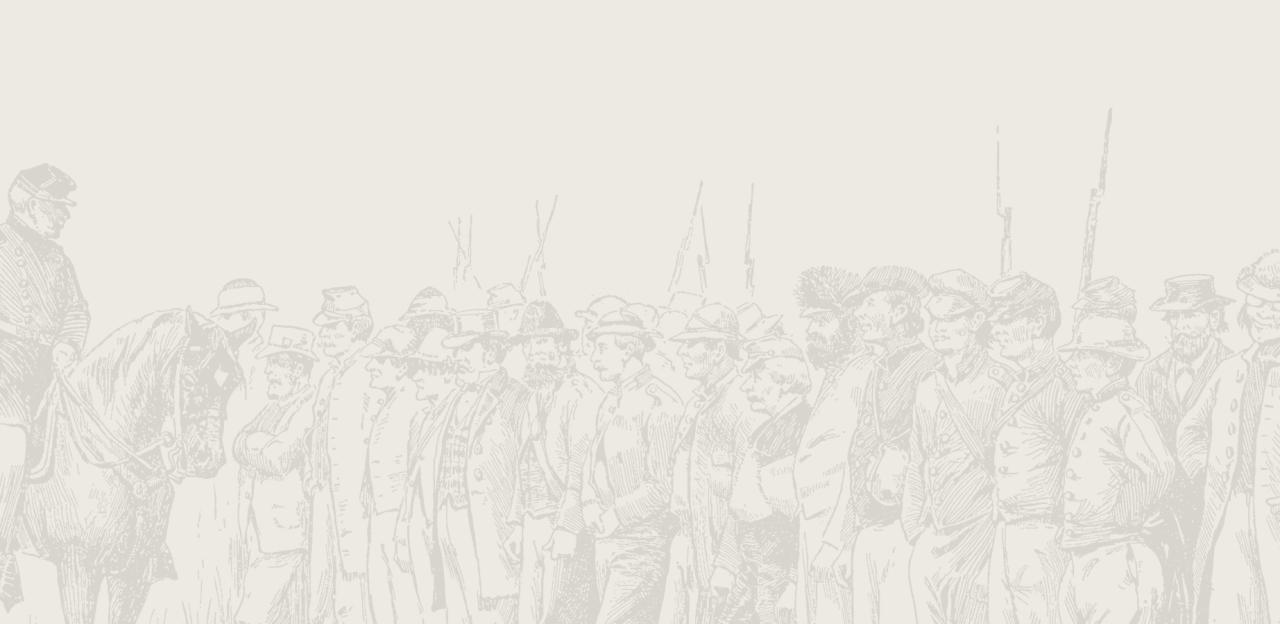Beaver Dam Creek

Battle of Beaver Dam Creek
Mechanicsville
For the first three weeks of June, 1862, after the battle at Seven Pines, Maj. Gen. George B. McClellan's Army of the Potomac remained in position just seven miles from Richmond. The unexpectedly bloody fight at Seven Pines there convinced McClellan that he was outnumbered, and his first reaction was to dig in and extend his lines around the Confederate capital city. He faced the Army of Northern Virginia defending Richmond, now commanded by Gen. Robert E. Lee. McClellan seemed willing to give Lee time to adjust to his new command, so he bided his time by adjusting his lines while waiting for the rain-soaked roads to dry.
Hoping to regain some high ground along the Williamsburg Road near where the Seven Pines battle began, McClellan attacked Lee’s defenses on June 25 at Oak Grove. McClellan’s force was beaten back in the only tactical offensive he would mount against Lee during the campaign. For all the effort he took perfecting his encirclement of Lee’s army, McClellan took lightly, as he had before Seven Pines, that his army still straddled the Chickahominy River, now with four army corps to the south and one isolated to the north.
Meanwhile, Lee took three weeks to refit and reorganize his defenses and to ask for the reinforcements of Maj. Gen. Thomas J. "Stonewall" Jackson's brigades from the Shenandoah Valley. There, Jackson had successfully beaten three Union forces arrayed against him in 48 days of fighting and kept the Yankees from reinforcing McClellan. As he made plans for his offensive against the Army of the Potomac, Lee took note of the Union V Corps under Maj. Gen. Fitz John Porter north of the Chickahominy near Mechanicsville along Beaver Dam Creek.
The day after the fight at Oak Grove, Lee attacked Porter's isolated men. Lee took most of his army north of the river for the attack, leaving only two divisions to defend Richmond in the face four Union corps to the south. Lee’s attacking force would outnumber Porter about two to one. Lee planned for Jackson to hit Porter’s northern right flank behind the creek, while the division of Maj. Gen. A. P. Hill hit Porter’s front. The divisions of Maj. Gens. James Longstreet and D. H. Hill would support Jackson and A. P. Hill, respectively.
Lee’s plan soon went awry. Jackson’s 20,000 men, just arriving from the Valley, took time to get into position. Not waiting for Jackson, A. P. Hill attacked in the late afternoon. Hill’s brigades, supported by D. H. Hill, moved through Mechanicsville and pushed the Yankees back to Beaver Dam Creek. Despite heavy attacks, Porter held his position anchored near Ellerson’s Mill. “As soon as they reached rifle range our men opened upon them such a destructive fire from the rifle pits and the old mill dam that they were forced back with terrible slaughter,” wrote one Pennsylvania Reserves officer. Hill’s attacks gained little ground and were driven back with heavy casualties. Despite holding his position along the creek, Porter’s flank was threatened by Jackson’s division. Porter was ordered to withdraw that evening to a position behind Boatswain Swamp just beyond Gaines’ Mill, where the fighting would continue on June 27.
The actions at Oak Grove and Beaver Dam Creek were the first of a series of battles between Lee and McClellan that would last seven days. Although not successful at Beaver Dam Creek, Lee was undaunted and would continue to press McClellan aggressively over a week of bloody fighting.


